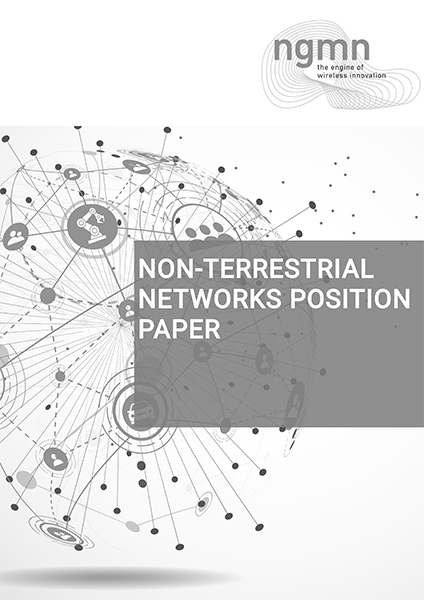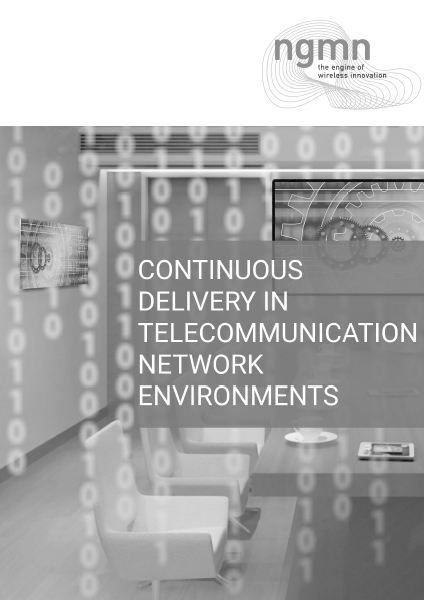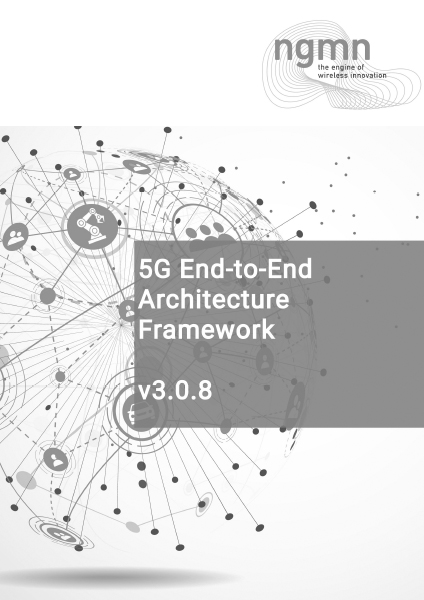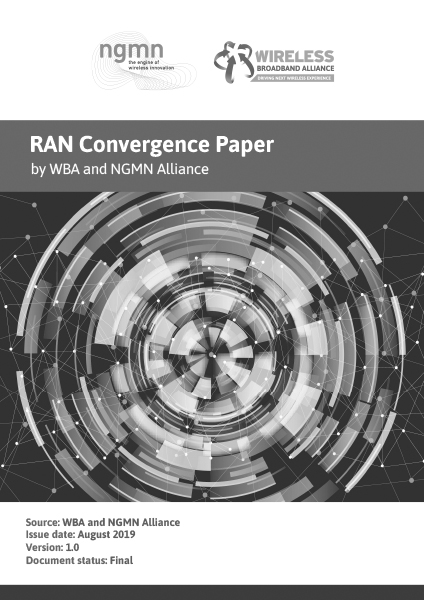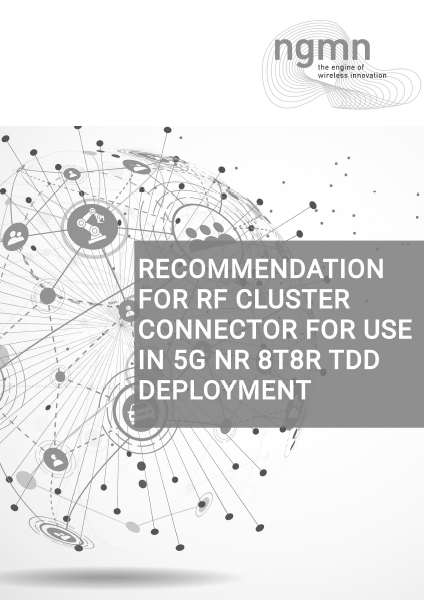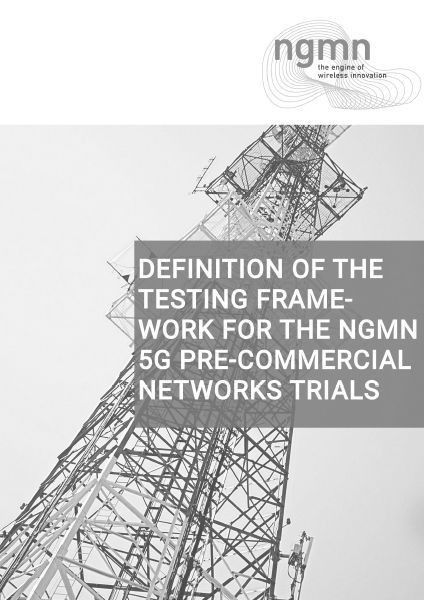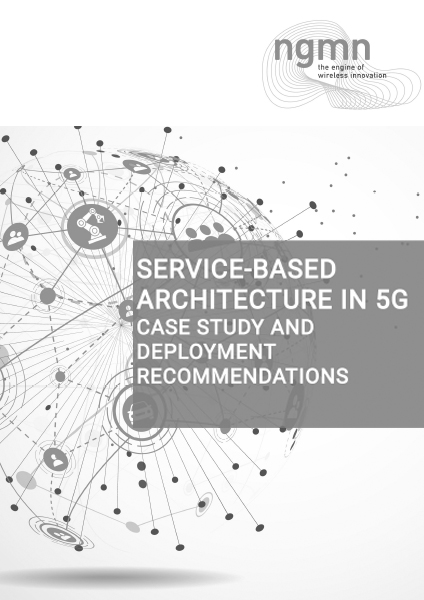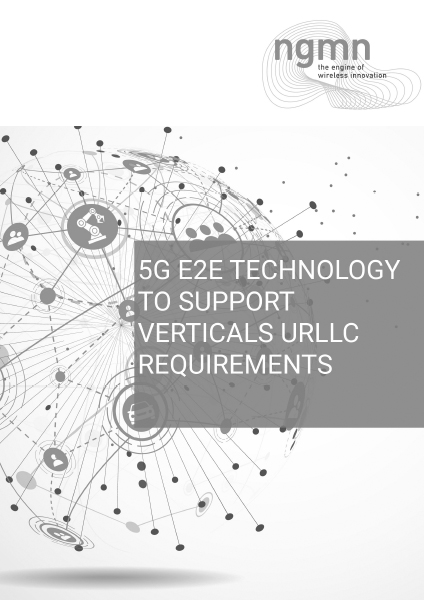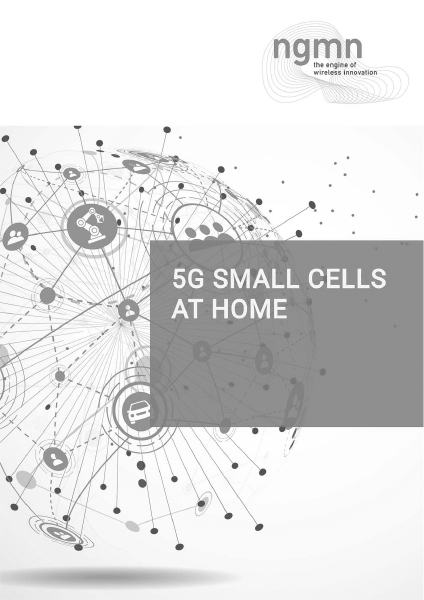Non-Terrestrial Networks Position Paper
NGMN’s Extreme Long-Range Communications for Deep Rural Coverage project presented in paves the way for the study of cellular coverage for sparsely populated areas. In this study, a number of Mobile and Satellite Technologies that could provide coverage to remote areas have been analysed and studied.
The present paper elaborates on that recommendation, providing an overview and analysis of non-terrestrial cellular technologies that can provide coverage to remote areas.
